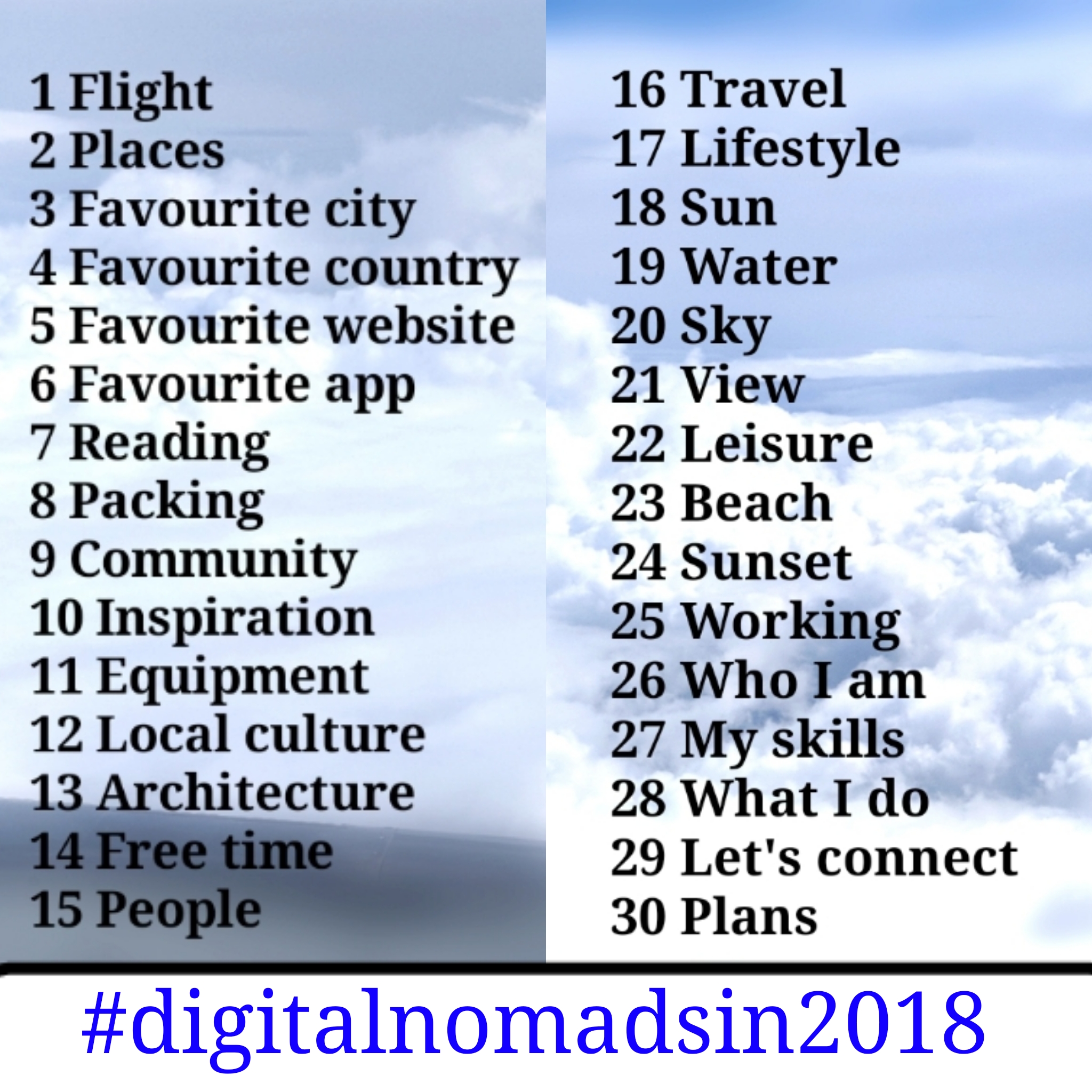Article in partnership with Day Translations.
I was reading an article from El Pais, English edition, and was fascinated by the topic of Spanglish.
The article delved into the quirky and sometimes puzzling mix of Spanish and English being spoken in large metropolitan areas in the United States such as Miami, Los Angeles and New York City, and being popularised by celebrities like Selena Gómez and Cardi B who set trends using Spanglish on social media.
The Hispanic population in Miami is about 335,0000, making it the majority group in a city of about 442,000 people in total. The population of Los Angeles is almost 50% Hispanic with this ethnicity totalling more than 1.9 million people. In New York City a bit less than 30% of the population is Hispanic, totalling about 2.5 million, but its influence has been so impactful that it created its own hybrid dialect called Nuyorican.
Why did these two languages intermingle?
The Evolution of Spanglish
1848 is usually the agreed starting point of what we define as “Spanglish” today, i.e., a mix of English and Spanish language as formalised in the treaty that ended the Mexican-American war, in which Mexico had to give up a large portion of its territory to America. The treaty is written in English but it also includes some Spanish terms.
In the United States today more than 10% of the population speaks Spanish, with some sources quoting that 50 million Spanish speakers live in America. Spanish has filtered through American language and culture through its influence on food, music, literature, films.
As Spanish-speaking communities established themselves in parts of the United States, they developed their own slangs and dialets which mix together elements of both the Spanish and English languages. This is also the bi-product of many people being raised in both Spanish and English as they grow up, making it easier for them to express themselves using concepts borrowed from both languages.
A Quick Mention of Spanglish (2004) the Movie
The early 2000s were a mix of different trends and American cinema dipped the toe into the Spanglish phenomenon in a 2004 movie starring American actor Adam Sandler (The Waterboy, The Wedding Singer, Click and many more) and Spanish actress Paz Vega (Lucia Y El Sexo, Carmen, 10 Items or Less, I’m So Excited!, and more).
With an ImdB score of 64% and a Rotten Tomato score of 54%, Spanglish is a movie that is easy to watch and enjoy because it only scratches the surface of relations between Hispanic people and Americans, casually skimming over the wealth disparity between a Mexican housekeeper and the rich American clients she works for.
Even though Spanglish is a feel-good movie, it highlights how the lives of Hispanic and American people run in parallel. The intersectional nature of Spanglish as a language to bridge the American and Spanish culture is more a way to adapt the Spanish language to the needs of an American audience. When the average person thinks of Spanglish, the first things to come to mind are names of Spanish, Mexican or Puerto Rican dishes. It’s a way to bring a bit of the exotic into your everyday life.
How Spanglish Continues To Develop over Time
CBS News reported in 2023 that Spanglish is a “superpower”. The younger generations living in the United States choose Spanglish as their primary vehicle to express themselves and their individuality. Spanglish gives bilingual people a sense of belonging, as they may not fully identify themselves as Hispanic or American. The report also quoted a forecast that by 2050 in the United States there will be the biggest population of Spanish speakers in the world.
Linguistic experts are saying that people who speak Spanglish demonstrate to possess higher cognitive functions because blending two languages together is a creative process. In fact, Spanglish is full of neologisms as it coined new expressions that mix Spanish and English. This creative streak has gained Spanglish the reputation of being “the fastest growing hybrid language in the world” as Ilan Stavans, author of the 2003 book “Spanglish: The Making of a New American Language”, has said.
This phenomenon is typical of translaguaging when students use elements of different languages they know to fit into the right context, trying to find commonalities to promote inclusion.
In summary, Spanglish is a way to respect different culture and validate the people that have been raised in bilingual households.



